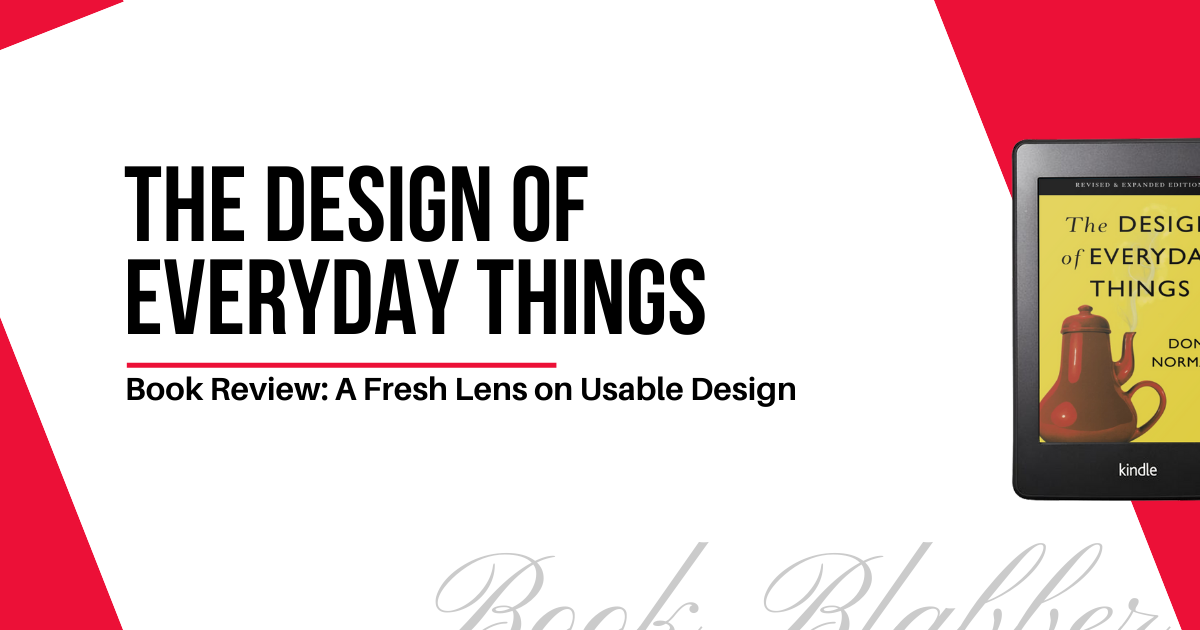The Design of Everyday Things Book Review: A Fresh Lens on Usable Design

The Design of Everyday Things by Donald A. Norman is a classic design read. It’s a book on thinking design not as an art, but as a way to make things usable and intuitive. It offers a fresh lens on usable design.
The book is a deep dive into why we struggle with poorly designed products—and how to avoid creating them ourselves. And it’s a must-read for anyone who wants to understand the core of user-friendly design.
My Rating:
❤️❤️❤️❤️🤍
“A fresh lens on usable design.”
Check The Design of Everyday Things on Goodreads
What’s The Design of Everyday Things About?
In Design of Everyday Things, Norman explores the psychology of design, guiding readers through principles that make products functional, intuitive and enjoyable. He emphasizes that good design is about solving real human needs—not just aesthetics. With countless examples, Norman shows how thoughtful design can make life easier when done right.
Norman also stresses that technologies and products may evolve, but the core human needs remain constant. This timeless principle resonates, especially in today’s rapidly advancing digital world.
What Works?
The book’s relatable examples of everyday objects—like doors, sinks, and even software—make abstract design concepts accessible and engaging. It teaches how seemingly trivial design flaws can cause big headaches in daily life and underlines how intuitive design can eliminate confusion. Whether you’re a designer or a consumer, this insight fosters a newfound appreciation for intuitive design.
What Falls Short?
For those seeking specifics on graphic or digital design, this book might be a detour. It’s more of a foundational guide on usability rather than a how-to manual for visual or UX design. The focus is broader, applicable to anything people interact with rather than one particular field.
Who Should Read It?
The Design of Everyday Things is a valuable read for anyone who works with products, from designers and developers to product managers and marketers. Even consumers will benefit from understanding how good design impacts their experiences.
Final Thoughts
The Design of Everyday Things can change how you see the everyday items around you. It’s a thought-provoking guide to understanding the “why” behind good and bad design, fostering empathy for the user’s journey. It’s a classic for a reason: this book makes you see the world with new eyes, ready to appreciate—and critique—the designs that shape your daily life.
Liked this book review?
Join Book Blabbers WhatsApp group to bond over books, memes and quotes.
Subscribe to Book Blabber's Bulletin to get book summaries, reading tips and occasional hugs in your inbox.







Comments